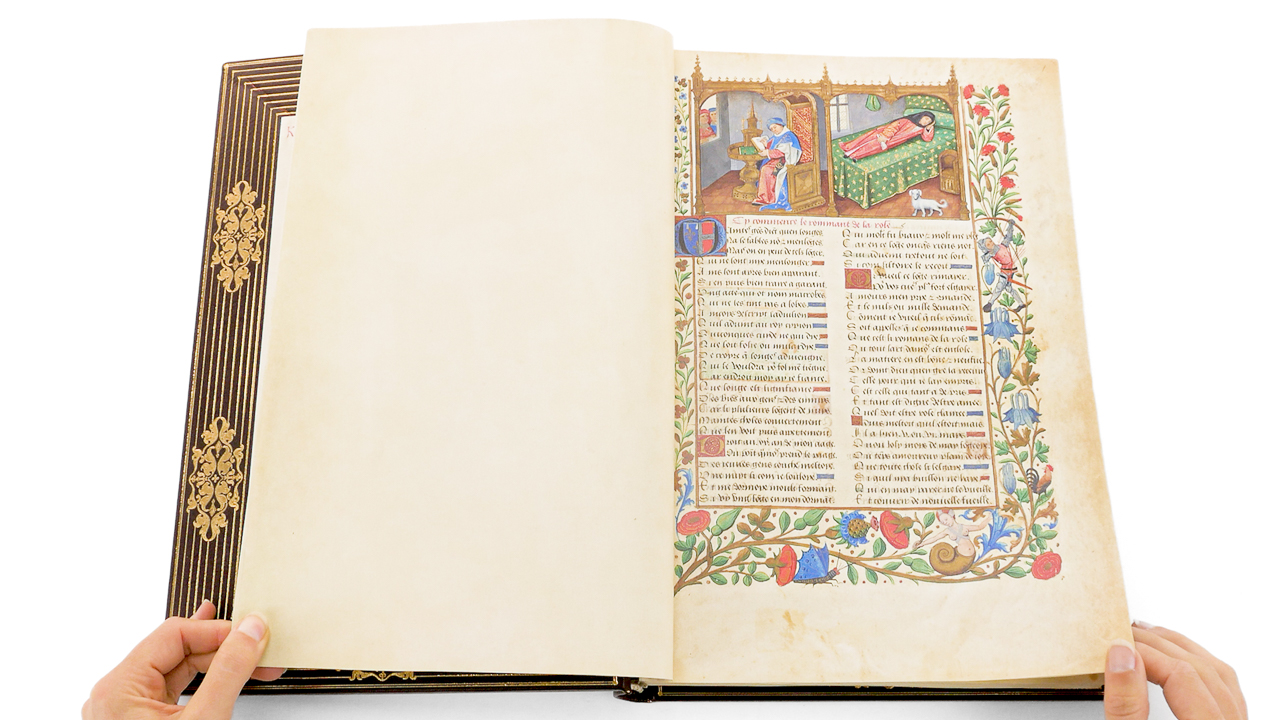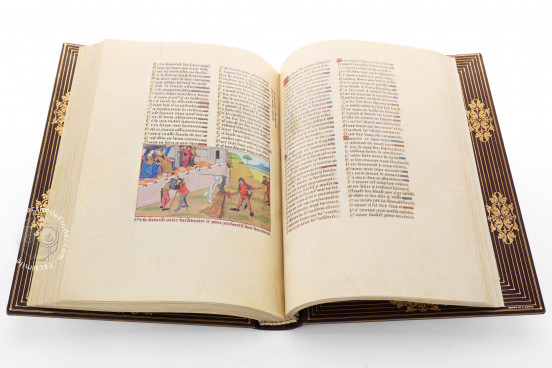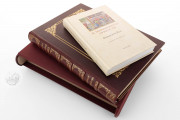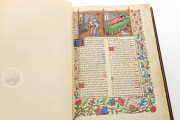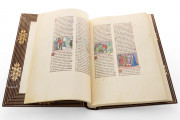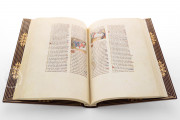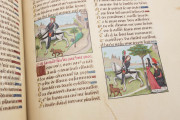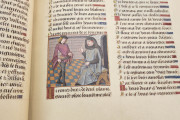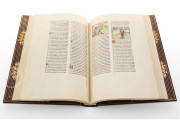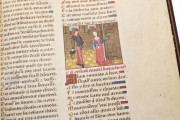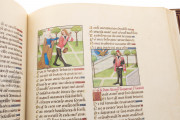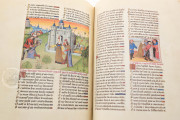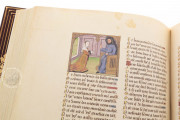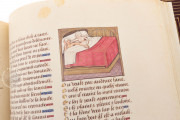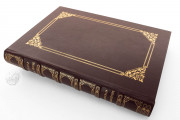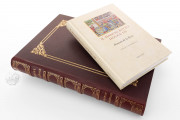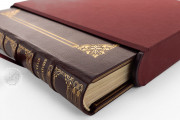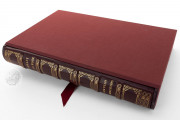The Douce Roman de la Rose is one of the finest extant illuminated manuscripts of the long French allegorical love poem that was extremely popular in Western Europe in the fourteenth and fifteenth centuries. Probably made in southwestern France between 1487 and 1496, the manuscript was written and illuminated for Louise of Savoy (1476-1531), Countess (later Duchess) of Angoulême. Its miniatures, which number 127, are the work of Robinet Testard.
The narrative of the Roman de la rose (Romance of the Rose) follows a lover's quest for his love, represented by a rose. In the poem, more than 100 characters are introduced. Many are personifications—including Danger, Fear, Shame, and Reason—who advise and admonish the lover in his attempt to win his love and pontificate on a great variety of subjects tangentially related to the narrative.
A Prolific Illuminator
The Douce Roman de la Rose is a masterwork of Robinet Testard, who was in the employ of Charles d'Orléans, Count of Angoulême; Louise of Savoy; and their son Francis I, King of France. Testard is credited with having illuminated more than a dozen extant manuscripts. The Douce manuscript's miniatures reveal the careful compositions and sensitive coloration, especially in costume, for which he is famous.
Allegory Pictured
Although the meaning of the Roman de la rose, with its many allegorical figures, can be elusive, Testard brings clarity to the individual scenes. For example, in the miniature in which the personification of Sweet Looks presents the lover to the personification of Fair Welcome (fol. 105v), Sweet Looks (a courtly lady) makes a gesture of presentation toward Fair Welcome (a young man). The lover appears twice, dressed identically, and the sequence is clear: he first tips his hat to Sweet Looks and then accepts the embrace of Fair Welcome.
A Poem Composed in Stages
The composition of the Roman de la rose, a Middle French poem in octosyllabic couplets, was begun around 1230 by Guillaume de Lorris. His romance is framed as a dream vision told by the lover in the first person. Guillaume's poem was vastly expanded later in the thirteenth century by Jean de Meun, resulting in a learned work at times satirical and often perplexing. This composite work nevertheless captured the imagination of medieval readers, and more than 100 illuminated manuscript copies were made.
Made for a Countess
In the Douce manuscript, the arms of Louise and her husband (Savoy and Orléans) appear within the painted initial M that opens the text proper of the poem (fol. 1r). It has been argued that Testard tailored some of the miniatures for his female patron. For example, in a scene of courtly dancing, a woman spectator is prominently shown pointing to a dancing woman (fol. 7r).
Written in Two Columns of French Bâtarde
The Douce manuscript is written in two columns, as was common for long literary works. The script is French Bâtarde, the preferred script for vernacular French literary texts. The text's poetic structure is clearly presented, with each line beginning with a majuscule letter set off slightly from the rest of the line. Painted line fillers are introduced to maintain an even right margin of each column.
Part of the Douce Bequest
The Douce manuscript was owned by Justin MacCarthy-Reagh (1744-1811) and George Hibbert (1757-1837) before it was purchased in 1829 by the English antiquary and bibliophile Francis Douce (1757-1834). Douce bequeathed thousands of printed books and more than 400 manuscripts, including two illuminated copies of the Roman de la rose, to the Bodleian Library. The Douce Roman de la Rose is preserved in an eighteenth-century French binding of maroon leather with gold tooling.
We have 1 facsimile edition of the manuscript "Douce Roman de la Rose": Il manoscritto Douce 195 facsimile edition, published by Istituto dell'Enciclopedia Italiana - Treccani, 2017
Request Info / Price
